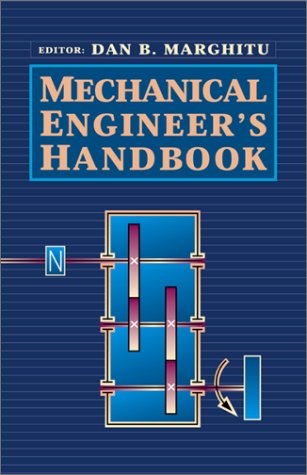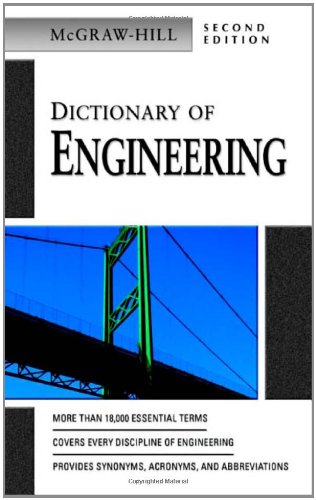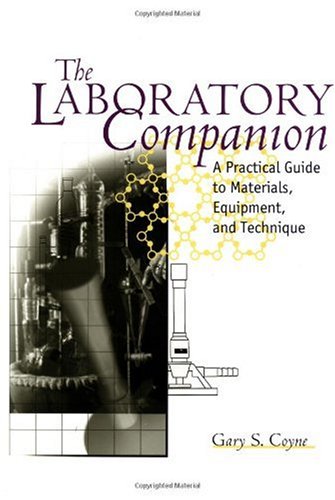Nadia Nedjah, Luiza de Macedo Mourelle9783642064609, 3642064604
Table of contents :
Part I Fuzzy Theory……Page 1
1.1 Introduction……Page 3
1.2 Fuzzy Sets……Page 4
1.2.2 Operators……Page 6
1.4 Fuzzy Logic……Page 11
1.4.2 Fuzzy Rules and Inference……Page 12
1.5 Fuzzy Controllers……Page 13
1.5.1 Operation……Page 14
References……Page 20
2.1 Introduction……Page 22
2.2 Symbolic Data Representation……Page 25
2.2.1 Formulas for Uncertainty Qualitative Theory……Page 26
2.2.2 Axiomatic for Qualitative Uncertainty Theory……Page 29
2.2.3 Formal Consequences of This Axiomatic……Page 30
2.2.4 Consequences……Page 33
2.3 Symbolic Modification……Page 34
2.3.1 Definitions……Page 35
2.3.2 Order Relation……Page 37
2.3.3 Finite and Infinite Modifiers……Page 38
2.3.4 Composition……Page 39
2.4 Symbolic Combination: A Median Operator……Page 40
2.4.1 Definitions……Page 41
2.4.2 Expressing the Median……Page 44
2.5 Conclusion……Page 47
References……Page 49
3.1 Introduction……Page 51
3.2.1 Fuzzy Associative Memories……Page 52
3.2.2 Fuzzy Rule Extraction Using Self Organizing Maps……Page 53
3.2.3 Systems Capable of Learning Fuzzy Set Parameters……Page 54
3.4 Integrated Neuro-Fuzzy Systems……Page 55
3.4.1 Mamdani Integrated Neuro-Fuzzy Systems……Page 56
3.4.2 Takagi-Sugeno Integrated Neuro-Fuzzy System……Page 57
3.4.3 Adaptive Network Based Fuzzy Inference System (ANFIS)……Page 58
3.4.4 Fuzzy Adaptive Learning Control Network (FALCON)……Page 60
3.4.5 Generalized Approximate Reasoning Based Intelligent Control (GARIC)……Page 61
3.4.6 Neuro-Fuzzy Controller (NEFCON)……Page 62
3.4.7 Neuro-Fuzzy Classification (NEFCLASS)……Page 63
3.4.8 Neuro-Fuzzy Function Approximation (NEFPROX)……Page 65
3.4.9 Fuzzy Inference Environment Software with Tuning (FINEST)……Page 66
3.4.10 Self Constructing Neural Fuzzy Inference Network (SONFIN)……Page 67
3.4.11 Fuzzy Net (FUN)……Page 69
3.4.12 Evolving Fuzzy Neural Networks (EFuNN)……Page 71
3.4.13 Dynamic Evolving Fuzzy Neural Networks (dmEFuNNs)……Page 72
3.5 Discussions……Page 73
3.5.1 Evolutionary and Neural Learning of Fuzzy Inference System (EvoNF)……Page 75
3.7 Acknowledgements……Page 77
References……Page 78
Part II Fuzzy Systems……Page 82
4.1 Introduction……Page 84
4.2 The Guiding Issue at a Glance……Page 86
4.3 The Guiding Control System……Page 87
4.4 Fuzzy Model……Page 89
4.4.1 Fuzzy Model Design……Page 90
4.4.2 Fuzzy Algorithm……Page 96
4.4.3 Fuzzy Controller Structure……Page 98
4.5 Simulation……Page 99
4.6 Discussion……Page 102
4.7 Summary……Page 106
References……Page 107
5.1 Introduction……Page 109
5.2.1 Artificial Neural Networks……Page 112
5.2.2 Neuro-fuzzy Computing……Page 113
5.3 Hard Computing……Page 114
5.3.1 Multivariate Adaptive Regression Splines (MARS)……Page 115
5.3.2 Classification and Regression Trees (CART)……Page 116
5.3.3 Hybrid CART-MARS Model……Page 117
5.4 Experiment Setup and Results……Page 118
5.4.1 Training the Different Computing Models……Page 119
5.5 Conclusions……Page 120
References……Page 125
R.-E. Precup cl@@auth and S. Preitl……Page 126
6.1 Introduction……Page 127
6.2 A State-Space Approach to Stability Analysis……Page 128
6.3 Stability Analysis Method Based on Popov’s Hyperstablity Theory……Page 134
6.4 Stability Analysis Method Based on the Circle Criterion……Page 140
6.5 Harmonic Balance Approach to Stability Analysis……Page 144
6.6 Sensitivity Analysis of a Class of Fuzzy Control Systems……Page 147
6.7 Summary……Page 153
References……Page 154
7.1 Incorporating Fuzzy Inference Systems and Neural Networks……Page 157
7.2 Neuro-Fuzzy Controllers……Page 159
7.2.1 Learning Algorithm……Page 161
7.2.2 Similarity between Neuro-Fuzzy Systems and Radial Basis Function Networks……Page 163
7.3.1 Khepera Robot……Page 165
7.3.2 The Neuro-Fuzzy Controller……Page 166
7.3.3 Experiment Results……Page 167
7.4 Evolving Fuzzy Inference Systems……Page 169
7.5.1 Encoding Fuzzy Rules……Page 171
7.5.2 Genetic Operators……Page 172
7.5.3 Evolution Process……Page 174
7.6 Evolving Fuzzy Rules and Membership Functions……Page 175
7.6.1 Encoding Membership Functions and Fuzzy Rules……Page 176
7.6.2 Evolution Process……Page 177
7.7 GA and Neuro-Fuzzy Approach……Page 180
7.9 Communication in Robots Team……Page 181
References……Page 185
8.1 Introduction……Page 188
8.1.1 Input-Output Models……Page 189
8.2 Traditional Modeling……Page 190
8.3 Fuzzy Logic (FL) Modeling……Page 191
8.3.1 Fuzzy Identification Approach……Page 192
8.4 Tennessee Eastman Chemical Process……Page 193
8.4.2 Case Study: The Reactor……Page 194
8.5 Experimentation……Page 195
8.6 Least Squares Modeling Method……Page 197
8.6.1 Modeling Reactor Level Using LSE……Page 199
8.6.3 Modeling Reactor Cooling Temperature Using LSE……Page 200
8.6.4 Modeling Reactor Temperature Using LSE……Page 202
8.7 Fuzzy Logic Modeling Method……Page 203
8.7.1 Modeling Reactor Level Using FL……Page 204
8.7.2 Modeling Reactor Pressure Using FL……Page 206
8.7.3 Modeling Reactor Cooling Temperature Using FL……Page 208
8.7.4 Modeling Reactor Temperature Using FL……Page 211
8.10 Acknowledgment……Page 214
References……Page 215







Reviews
There are no reviews yet.